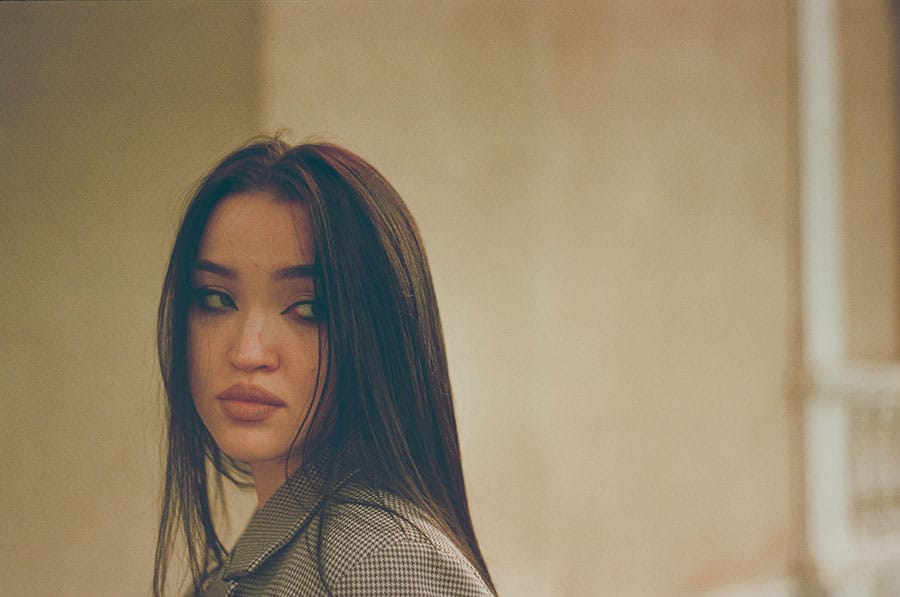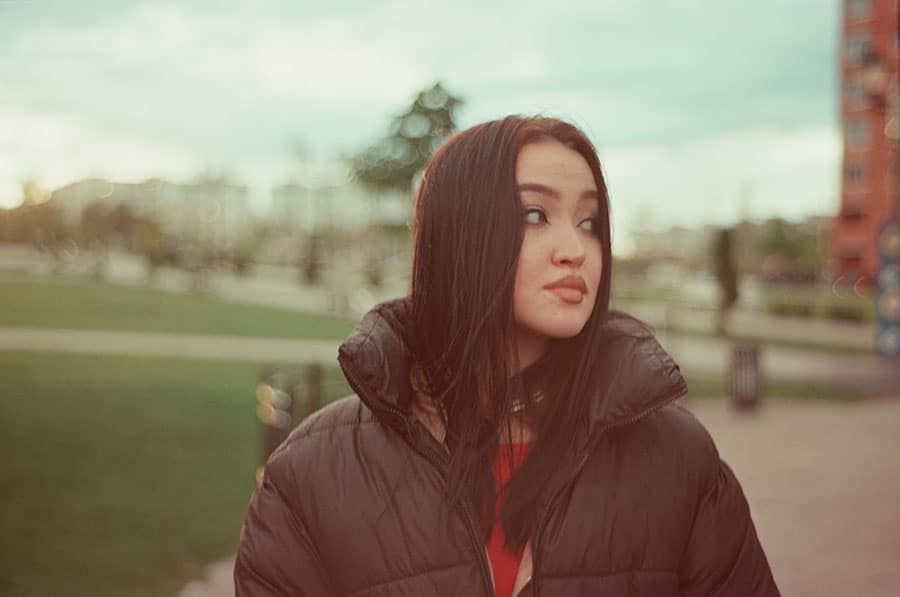Zorki-3C
Zorki-3C is a Soviet rangefinder camera produced by the KMZ plant from 1955 to 1956 and developed on the basis of the Zorki-3M camera.

The Zorki-3C camera was produced for a very short time, and was replaced by the Zorki-4 camera. To be more precise, a self-timer was added to the Zorki-3C camera and renamed it Zorki-4.
Zorki-3C Specifications
- Type: 35mm rangefinder camera
- Manufacturer: KMZ plant
- Production period: from 1955 to 1956
- Format: 24x36cm on 135 film
- Lens mount: m39 thread mount
- Lens: Jupiter-8M f2.0/50
- Rangefinder base: 38mm
- Shutter: focal-plane shutter with speeds from 1 to 1/1000 sec.
- Viewfinder: optical parallax viewfinder combined with the rangefinder
- Lighmeter: none
- Flash synchronisation: sync socket “X”, sync speeds from 1/25 s and longer
- Selftimer: none
- Weight: 668 grams

The Zorki-C camera was essentially part of a line of Soviet rangefinder cameras with an added sync contact. The series included this camera, Zorki-C and Zorki-2C. These devices essentially differed from their main production models only by the presence of a sync contact and minor design changes.
Zorki-3C also differed from its main model primarily by the presence of a sync contact, but had more visual differences, and was more similar to the next model called Zorki-4.

The main competitor (if it can be called competition) was the Kiev-IIA camera, which was produced in the same years.
But in our opinion, Kiev cameras produced at the Arsenal factory are a better choice for a modern film photographer, due to the fact that they are much better assembled and have a shutter with metal curtains, which greatly increases reliability.

Like the 3M model, the Zorki-3C had a cloth shutter with speeds from 1 second to 1/1000. Nowadays, often on many of these cameras, slow shutter speeds can slow down, so pay attention to this when buying.
In addition, the shutter curtains may be torn or have pinholes, which may ruin your photos when you shoot. This is also an important point to pay attention to when buying a camera.

The main lens with which this camera was sold is Jupiter-8 f2.0/50. As we have said repeatedly, this lens is assembled on the basis of the German Carl Zeiss Sonnar f2.0/50, and can produce images of almost the same quality as the German original.
These lenses are very old, and although they were assembled with sufficient quality, they may have serious traces of use, such as scratches, abrasions, fungus, etc. This is another point that you should pay special attention to when buying this camera.

As with the entire series since the Zorki-3, the viewfinder on this camera is very large and clear. The rangefinder spot is very bright, and you won’t have much trouble focusing even in not-so-good lighting conditions.
The camera itself is well built as well. It is very pleasant to hold and work with the Zorki-3C camera. The leather case with which the camera was sold is also very pleasant, and together with the camera looks very stylish.

Conclusion
Zorki-3C is one of those Soviet cameras that we can safely recommend for purchase.
When buying, pay attention to all those nuances that we talked about above. Also, do not forget that when using interchangeable lenses, you will need to use interchangeable viewfinders that match the focal length of the lenses with them.
ZORKI-3C PHOTOS



























